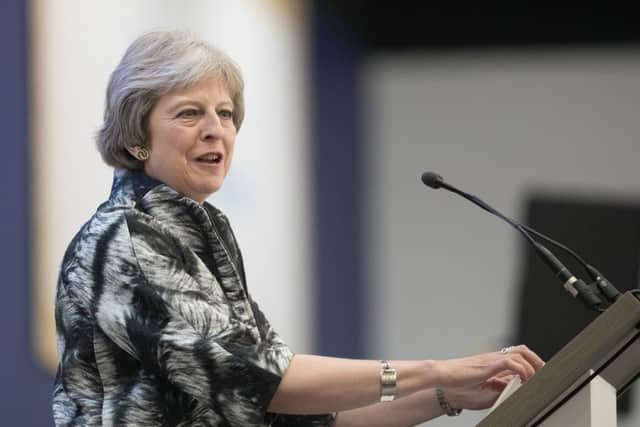Both sides want a deal - but can one be reached?


As to the bigger debate between the UK and the EU 27 heads of state this is beginning to look more and more like a CAP reform, where everything is agreed in a big final push to secure a deal. That will involve concessions on both sides behind closed doors.
On the basis of the normal EU negotiation by attrition approach, prepare for a deal in November or even early December – probably in the early hours after an all night session. This has been the pattern for successive CAP reforms, and while Brexit is a bigger stakes game, the same negotiating approach is being applied by the European Commission. The difference to a few weeks ago is that both sides now want a deal. Theresa May cannot agree one until she gets past her party conference with her leadership intact.
Advertisement
Advertisement
As to the document on agriculture, it is again a case of promising much, but with the detail lacking and with no indication that the ideas will be fully funded. The only real certainty at this stage is that funding for agriculture is assured for the lifetime of this parliament, which is due to end in 2022. However if Theresa May is ousted, or there is a vote of no confidence in parliament over her Brexit deal, a general election could come sooner than that. All bets on the guarantee of post CAP funding would then be off.
Assuming that does not happen we do now have some indication of the direction of travel for the industry. If this is delivered on it looks promising. The idea of moving from direct payments to reward for the delivery of public good for the environment makes sense. It makes farm support easier to sell to taxpayers and the Treasury. References to aid for young farmers, for innovation and businesses efficiency and even a safety net for poor prices or weather are all welcome principles. Welcome too is the commitment that the UK will move away from 50 per cent of UK direct payments going to just ten per cent of farmers. These are mostly large English estates and commercial farm businesses.
Farmers who voted to leave the EU back in 2016 will look at this document and conclude that despite their impatience for progress this was a good decision.
By any simple acid test the UK model looks better for progressive agriculture than what is being discussed in Brussels for the post 2020 CAP. However there is one big difference and that is the cast iron certainty of funding.
Advertisement
Advertisement
There are arguments in Brussels about whether the full funding will be available for the new CAP after the UK leaves the EU. But the bulk of what will be needed is guaranteed. This goes back to a comment by the farm commissioner, Phil Hogan, before the 2016 referendum. He said that for UK farmers it boiled down to a choice between the financial certainty of the CAP and taking a risk on the generosity of the UK Treasury. That is exactly where we are now.
We have a workable plan that could really deliver for the industry. On its own it is not enough, in that we also need assurances about market access to the EU 27 if we are to maintain a livestock industry here. However the big stumbling block is that the proposals have been published with no guarantee that funding certainty would follow legislation. The assumption is that this will be the case, but assumptions do not put money into farm bank accounts.
Agriculture, after 2022, will have to compete with other funding priorities to secure money from the Treasury. The amount involved is not huge in a UK context, but agriculture is certainly not a protected funding steam as it is with the CAP.
In the UK this is limited to areas like defence, the NHS, education and overseas aid. Agriculture will have to battle for its share. The unknown is whether the promise to deliver public goods for the environment will be sufficient to overcome a sceptical Treasury that likes funds to follow votes, even if it is saving on contributions to Brussels.